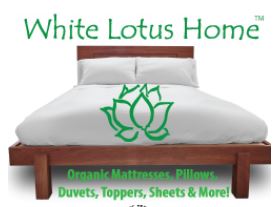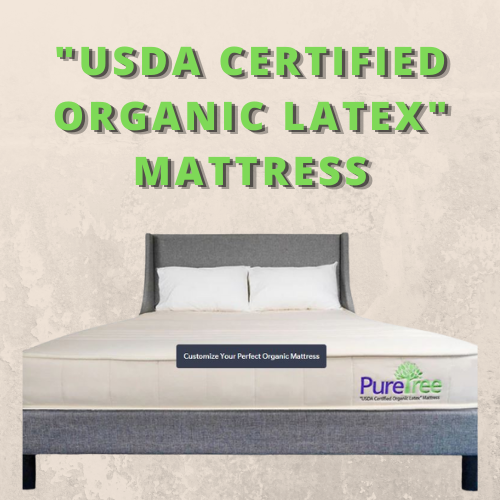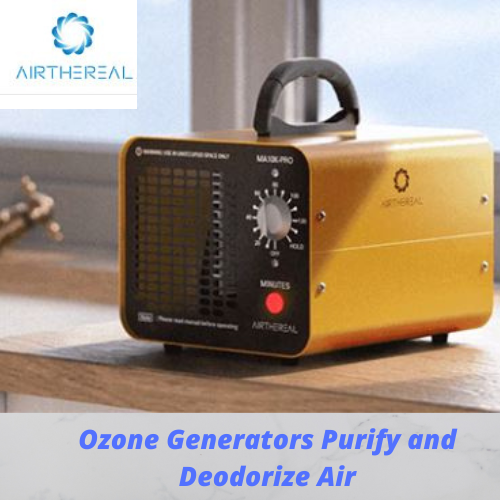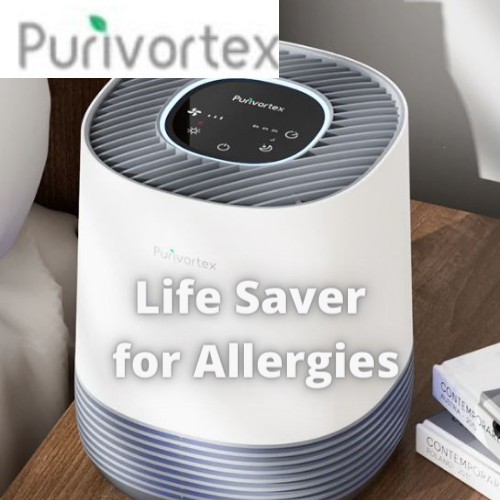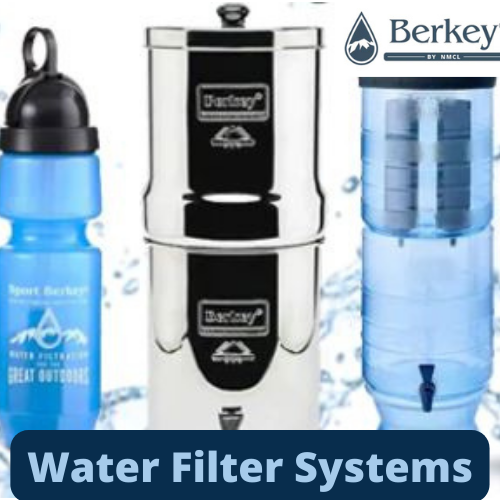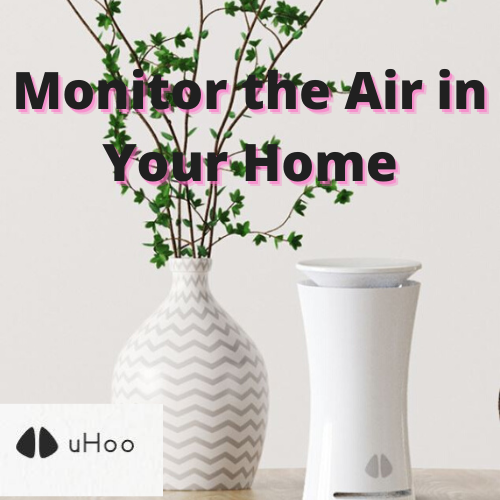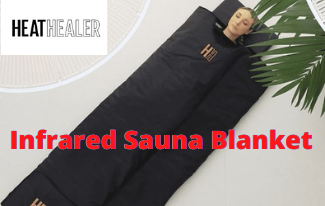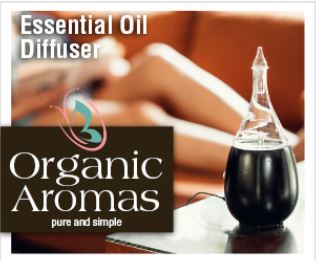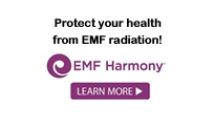“What do you recommend as the best oral hygiene technique for maintaining healthy teeth, gums, and bone?” That is a question I get from my patients almost every day.

The most important question to ask however, and one that most people do NOTask is, “What’s the proper order of brushing and flossing and what are the best products to use?” What they don’t know is that there are two steps you need to do before brushing that will prevent harmful bacteria from entering your bloodstream and going to your heart, and one more afterwards to be extra safe.
In this blog, you will learn a sensible homecare sequence combined with chemical-free products that you can easily incorporate into your daily routine. So, let’s get started.
The Best Oral Hygiene Technique!
#1. Rinse
You start with a natural alcohol-free mouthwash, one that contains essential oils. Alcohol can kill bacteria in your mouth but will also dry out your gum tissues and cannot effectively reach the harmful bacteria that live under the gumline. Essential oils such as lavender, peppermint or tea tree oil can penetrate underneath the gumline around your teeth though. It is in this area that anaerobic bacteria, the kind that is harmful to your gum and overall health, reside. It’s important to neutralize these bacteria before you disturb them with brushing or flossing.

Use the essential oil mouthrinse and swish about a teaspoon full (you don’t need a lot) for at least 30 seconds – making sure the liquid is in contact with the gums around all your teeth. This action helps get rid of the pathogenic bacteria that live without oxygen so you can go to your next step.
#2. Floss
Step 2 is flossing. Flossing is not just to remove food stuck between your teeth – it makes toothbrushing more effective, touching areas a toothbrush can’t reach. Going between each of your teeth, including behind the last teeth in the back, floss should bring the plaque out from its hiding spot under the gums to the surface where it can be brushed away. Without a proper rinse beforehand though, flossing will disturb active, harmful bacterial colonies under the gums that can enter the bloodstream if your gums bleed, increasing your risk for heart attacks and strokes. So, it’s important that flossing is your second step, not the first, and done before you brush.

To properly floss, give yourself about two feet of unwaxed floss to allow enough for a clean piece for each tooth. While unwaxed floss isbetter for plaque removal, if it’s too difficult to get around certain teeth, you can switch to the waxed variety, but it’s preferred to use a non-petroleum-based wax, such as beeswax, in that case. Ensure you work between each tooth, get underneath the gums, and, trying to keep as much contact with each tooth as possible, slide the floss away from your gums to bring the most plaque to the surface. After you’ve properly rinsed and then flossed, neutralizing the plaque and bringing it to the surface, you are ready to brush your teeth.
#3. Brush
An important thing to keep in mind is that not all toothbrushes are created equal. The right toothbrush will not only clean your teeth, but also should be gentle on your gums, so it’s important to choose an appropriate one. You may think that scraping the hardest is best but using a toothbrush with hard bristles can actually injure soft tissues and cause your gums to tear, or even permanently recede, leaving you with chronic root sensitivity. Make sure you use soft or medium bristles to avoid this. When it comes to the amount of toothpaste, you’ll see in commercials a fully loaded brush: that’s too much. A pea-sized amount is all you need. For the type of toothpaste, I recommend an all-natural toothpaste, one free from parabens, phthalates, sodium lauryl sulfate and fluoride, which may make for a more “pleasant” brushing experience, but are unnecessary for oral health and carry toxic risks.

To brush properly, tilt your toothbrush at a 45-degree angle and gently massage your gumline in small circular movements to clear out the plaque you’ve brought to the surface from flossing. After this, brush away from the tooth, either up or down depending on if it’s the bottom or the top, to whisk it away. Use a routine to reach the 4 main areas of your mouth, each for 30 seconds: upper right, upper left, lower right, and lower left, on the cheek, tongue, and top sides. If you have an electric toothbrush with a built-in timer, they typically last for 2 minutes and can ensure you brush for the full recommended amount of time.
#4. Irrigation
This brings us to the final step, which is under the gum irrigation. This is a lesser-known step, and it requires a special tool called an oral irrigator that you can readily purchase in most drugstores or online. This tool will squirt water-based antibacterial solutions underneath your gumline to help clear out or neutralize any remaining bacteria.

Simply mix a cup of warm (not hot) water with 3-5 drops of essential oils or a teaspoon of colloidal silver in your irrigator reservoir. Use the narrowest irrigator tip to get the antibacterial solution under the gums for each tooth, both cheek side and tongue side. This will help dislodge tiny food particles, reduce the anaerobic bacteria count, and maintain a healthy oral microbiome.
So, there you have it! My answer to the key question that many people ask: What do I recommend as “The Best Oral Hygiene Technique?”. In response to my patients, I tell them that this routine will help keep harmful bacteria in the mouth in check, especially when using healthy, all natural products. I hope you found this helpful! Check our YouTube channel for more holistic health information!

About Us
As holistic dentists, we've recommended products and services that supported our patients’ health for decades. In experiencing our own health challenges from mercury toxicity, we worked closely with many natural, alternative, and integrative health practitioners who aided our recovery as well as our patients’. We built this site to provide you with a simple-to-use, comprehensive, informational, and functional resource for your physical, emotional, and spiritual health & well-being.





